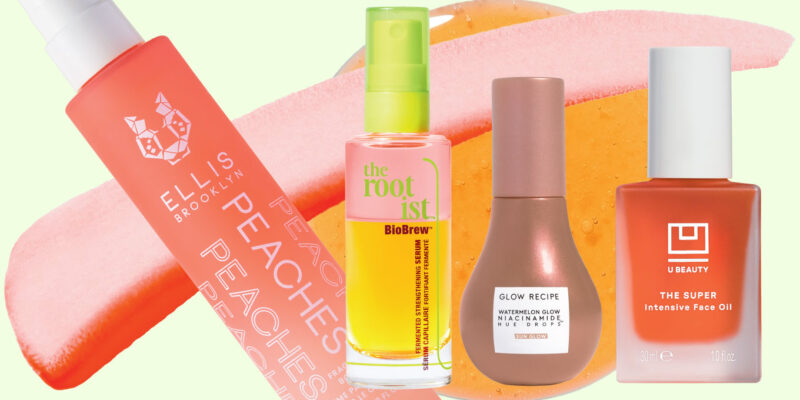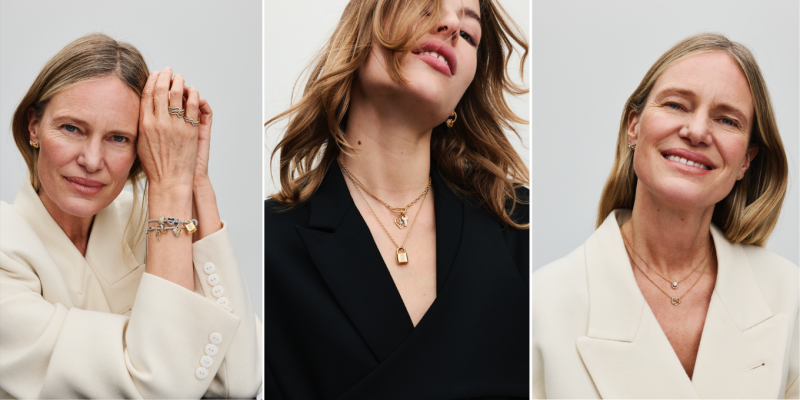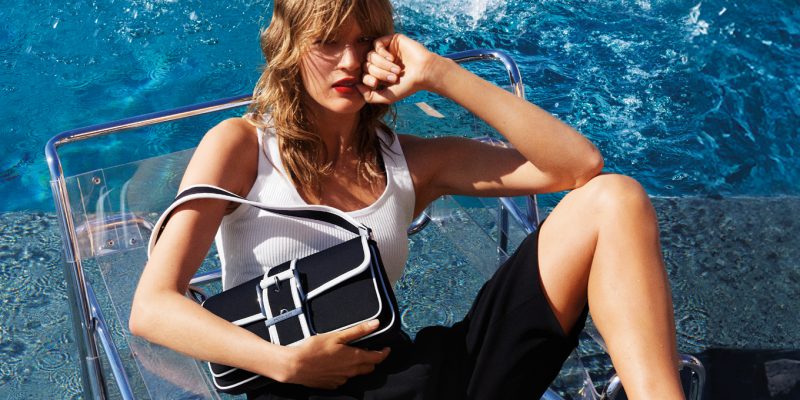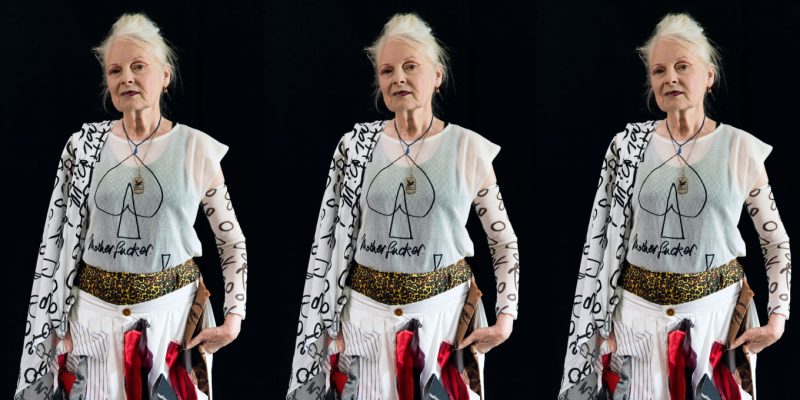Fashion
Every item on this page was chosen by an ELLE Canada writer. We may earn commission on some of the items you choose to buy.
This Famed Danish Jewellery Brand Is All About Love
From an improved enamelling process to a new design aesthetic, Pandora's lab grown diamonds continue to democratize beautiful jewellery.
by : Caitlin Agnew- Sep 28th, 2023

Courtesy of Pandora
Pandora’s signature crown logo is instantly recognizable the world over, but its unofficial symbol of the heart alludes to its mission to celebrate people’s love—a feat achieved through the expert craftsmanship at its sustainable production facilities in Thailand. Although the jewellery brand is based halfway around the world in Denmark, its place in the Land of Smiles is linked to an invaluable relationship with the country and its people. And thanks to Pandora’s ongoing commitment to quality, innovation and personal expression, there’s at least one of its pieces in the jewellery boxes of roughly 30 percent of women worldwide.
Pandora, which is best known for its whimsical and highly collectible charms, dates back to 1982, when Per Enevoldsen and Winnie Liljeborg began making jewellery in a small goldsmithing workshop in Copenhagen. It wasn’t long before they decided to establish crafting facilities in Bangkok, having recognized that the legendary artistry and skilled workmanship found in Thailand could never be replicated at home in Scandinavia. “They had this commitment to bringing beautiful jewellery and high-quality artistry in jewellery to the masses,” says Mary Carmen Gasco-Buisson, who has been the CMO of Pandora since October 2022.
That commitment has resulted in Pandora becoming the largest jewellery brand in the world, with more than three pieces purchased every second in the 100 countries where they’re sold. “We are all about helping you express what you love, who you love, your values and your dreams,” says Gasco-Buisson. “So behind every Pandora design, there is expression and personalization, and that’s fairly unique to us.” Taking pleasure in giving a loved one a personal, meaningful gift is something that Gasco-Buisson says is shared by jewellery lovers around the world. “People of all cultures really love to share a bit of themselves through jewellery,” says Gasco-Buisson. “That is a universal desire. And this is why we believe Pandora grew so rapidly—because that idea is human.”
Like many other global brands with roots in the Nordic countries, Pandora operates from a sustainability-first perspective, scaling production in a way that respects both people and the planet. Take its crafting facility in Lamphun, Northern Thailand—it is LEED-certified and meets the highest standards in environmental design. It significantly reduces water and energy consumption through 6,000 square metres of rooftop solar panels and a water-recycling system that harvests rainwater during the rainy season. A full 99.6 percent of waste at this facility is recycled and reused for other purposes, like building materials or soil stabilizer. What’s perhaps most impressive about Pandora’s operations are the efficiencies it has developed to produce at such a huge volume (its charm output at Lamphun alone is about 80,000 pieces a day) while still honouring the quality of the Thai craftsmanship. Each piece passes through the hands of more than 25 skilled artisans, a process that ensures that no two pieces are identical.
Now into its fifth decade, Pandora has evolved. For loyal charm collectors—who’ve long been acquiring pieces like commemorative milestone markers and Disney-collaboration trinkets—and first-time customers alike, there are plenty of new designs to choose from and new ways to style them, like stacked opulently on a necklace or hooked onto earrings. As well, the brand has been thoughtfully adding fresh collections of earrings, rings, necklaces and bracelets to its offerings, maintaining the spirit of personalization and custom styling with each one. Take Pandora Signature, which is all about layering and stacking sophisticated statement pieces, and Pandora Timeless, an elegant array of contemporary classics. And Pandora Me—sported by trendsetters like Charli XCX and Addison Rae—offers an edgy assortment of mixed materials, like pearls and brightly coloured stones, interspersed with eye-catching enamel. “Our dream is that whenever you think about jewellery for yourself or a loved one, Pandora will come to mind,” says Gasco-Buisson.
The desire to democratize beautiful, well-made jewellery continues to guide Pandora’s innovations, whether through new technology, an improved enamelling process or a new design aesthetic. To that end, the brand recently started incorporating lab-grown diamonds into its designs and just recently introduced its Lab-Grown Diamonds collection, with over 50 styles. Physically, chemically and visually, these gemstones are essentially identical to their mined counterparts, but they’re grown in a lab above ground. It’s an offering that has opened doors for jewellery lovers from all walks of life. “You no longer have to feel like a diamond is only for that special date or that special moment or like somebody has to give it to you,” says Gasco-Buisson. “You can enjoy and wear this gorgeous material every day in whatever way [works] for you. I wear my diamonds all the time, and the good thing with Pandora is that these [gems] are so well crafted that they can stand the wear and tear of life.”
The fact that they’re accessibly priced gives everyone the opportunity to sparkle in style. “Jewellery can be [expensive], but it doesn’t have to be,” says Gasco-Buisson. “Ultimately, everyone wants to express and share love through jewellery, and that’s a role we play.”
Newsletter
Join our mailing list for the latest and biggest in fashion trends, beauty, culture and celebrity.
Read Next

Culture
Why Are People Obsessing Over Whether Hailey Bieber Is Pregnant?
Despite no word from the woman herself, the Rhode founder has become the subject of discussion on the internet as fans have been debating whether or not she is pregnant.
by : Naomi May- May 2nd, 2024

Beauty
Fruit-Forward Beauty Products We're Loving For Summer
Freshly squeezed picks to keep you glistening and glowing all season long.
by : Melissa Fejtek- May 2nd, 2024

Fashion
8 Sparkling Jewellery Gifts to Give This Mother’s Day
Show your gratitude with pieces they’ll have forever and ever.
by : ELLE Canada- Apr 29th, 2024






